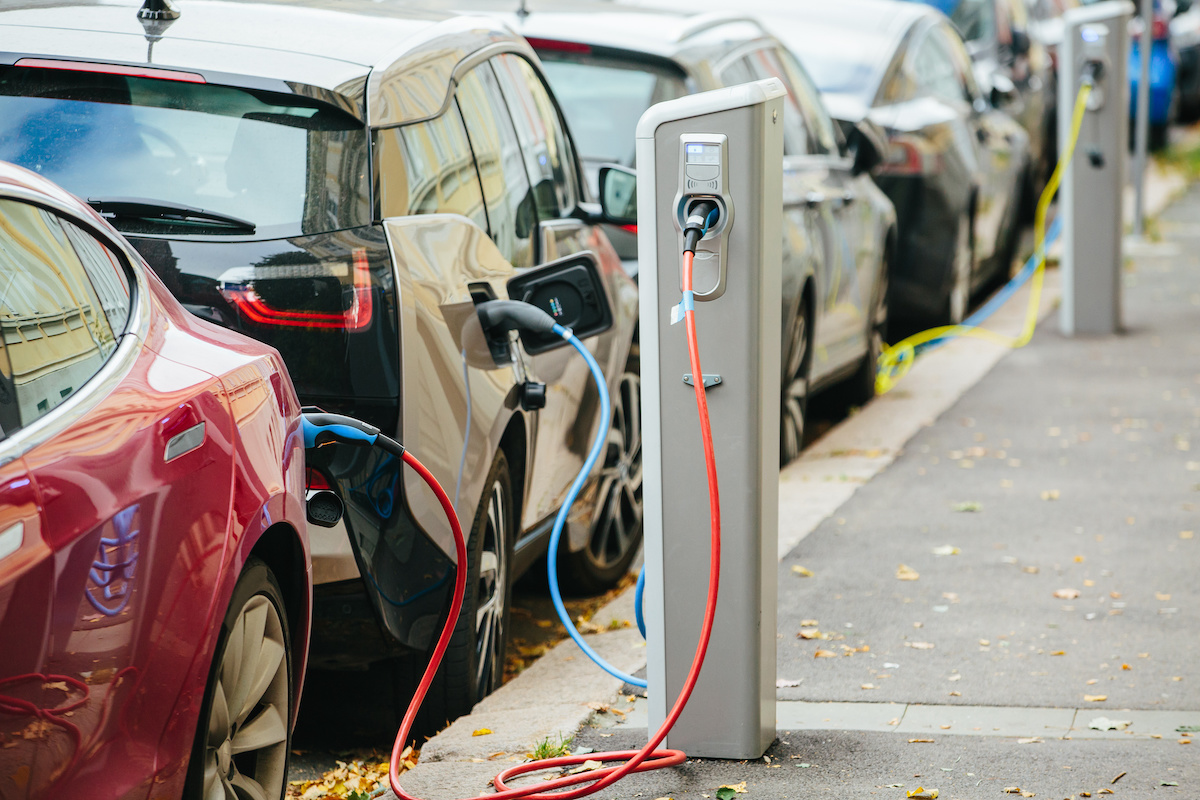The Big Picture on Electric Vehicles
Fewer Vehicles and Driving Fewer Miles Needs to Be Our Future

The world is rapidly moving toward electric mobility — bikes, scooters, cars, buses, and trucks. New rules proposed by the Federal Environmental Protection Agency (EPA) for more rigorous tailpipe pollution reduction means that within 10 years, two-thirds of all new cars, half of new commercial vehicles, and up to a third of new 18-wheelers could be electric. California has set new standards that require manufacturers to sell an increasing number of zero-emission freight trucks and buses.
These moves are momentous in tackling the 28 percent of total U.S. climate pollution that comes from transportation. The truck and bus component represents about one-tenth of all U.S. vehicle traffic but accounts for more than half the sector’s air pollution.
A word of caution, however. The fossil-fuel industry, in spite of its public statements supporting clean energy and its massive spending on messaging, sends more lobbyists than any country to every national or international meeting on climate for the purpose of slowing or disrupting progress toward a cleaner energy future. Moreover, it collects $5.2 trillion in subsidies annually (6.5 percent of global GDP) and continues to develop every opportunity to extract more fossil fuel.
Clearly, this pattern of extraction and exploitation must change if the planet is to be saved. Furthermore, cutting back on the amount of energy produced, including renewable energy, will make the transition to 100 percent renewables easier and faster to accomplish. The exception is in the lowest-income countries that need to increase energy use to meet basic human needs. The IPCC (Intergovernmental Panel on Climate Change) indicates that if we want to limit warming to around 1.5 degrees Celsius above pre-industrial levels, then we need to scale down global energy use, mostly in high-income countries. Why in rich countries? Because on average, we consume 28 tons of material stuff per person per year. Focusing on materials has a range of powerful benefits, including taking pressure off ecosystems. It means less deforestation, less habitat destruction, and less biodiversity collapse.
The framework for thinking about electric cars and trucks should include reducing the total number of cars, making them smaller, and reducing miles driven. The best way to achieve this scaling back is to invest in affordable (or even free) public transportation, which is more efficient in terms of materials and energy. Making it as attractive, clean, and convenient as possible is essential.
While sunshine and wind are obviously clean, the infrastructure we need to capture them and the products that use this clean energy are not. Transitioning to them is going to require dramatic increases in extraction of metals and rare-earth minerals with real ecological and social costs. We have deluded ourselves (or been deluded) many times by new technologies or material efficiencies that promise sustainable gains yet lead to more production, consumption, and greenhouse gases. Only by universally applying a net green analysis, which looks at the entire picture and focuses squarely on environmental impact reduction, will we help ourselves and our planet.



